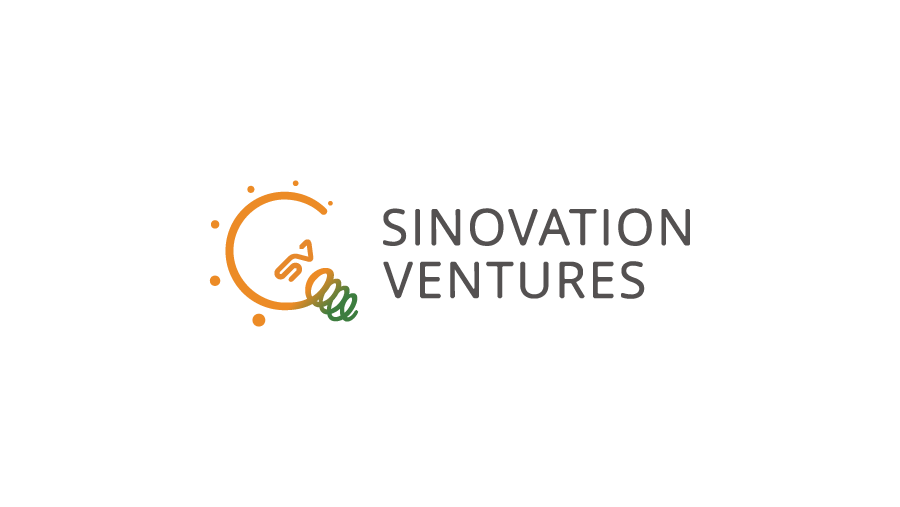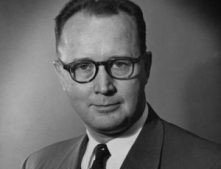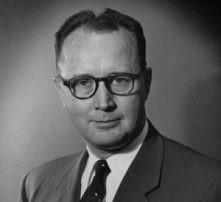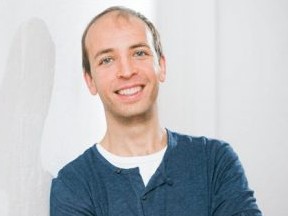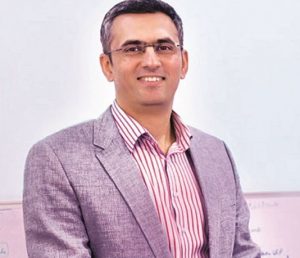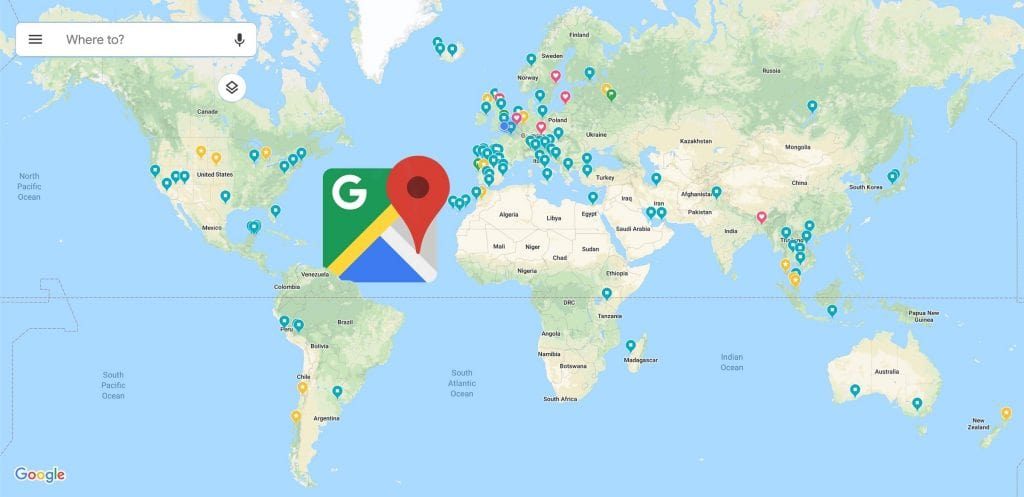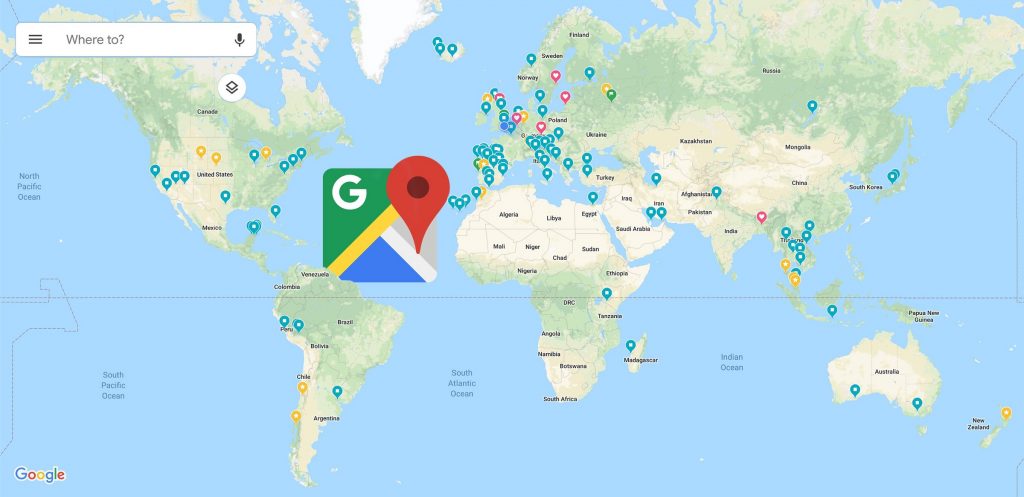GrubHub : One of the Top Ten Online Food Delivery Services Of United States
Be it a lazy Sunday or a tiring Tuesday, at times we don’t really wish to step out of our house for dinner. But who can stop the craving for good food? In those cases, the online food delivery services have become the real saviour.
GrubHub is one such online food delivery marketplace that has made the life of diners better and easier. Long before Zomato, Uber Eats or Foopanda stepped into the business of mobile food delivery; Grubhub was launched in the United States. It is one of the most famous and oldest online food delivery platforms that serve in the cities of the United States and London. The company was founded in 2004 by Matt Maloney and Mike Evans, with its headquarters based in Chicago, Illinois, United States.
Matt Maloney
Matt graduated with a bachelor’s degree from Michigan State University and did his MBA from the University of Chicago. He currently serves GrubHub as the CEO. Apart from his leadership in Grubhub, he is also an advisory board member in The University of Chicago Booth School of Business, Polsky Center for Entrepreneurship. He is also a member of ChicagoNEXT, an organization established to nurture the young entrepreneurs of Chicago.
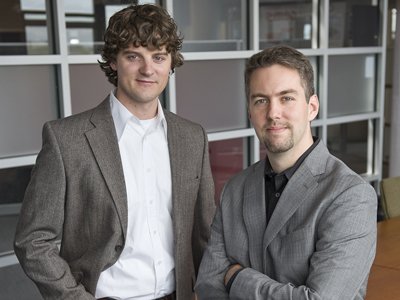
Mike Evans
Mike graduated from MIT and wrote the first version of GrubHub in 2004. After the company followed a very tempting growth trajectory with his and Maloney’s contributions, Evans left it to try something new. He also wrote a science fiction novel and launched a new company, Fixer in 2017.
History
After the launch of GrubHub in 2004, the co-founders won the first place for the business plan of GrubHub at the Edward L. Kaplan New Venture Challenge in University of Chicago Booth School of Business in 2006. This was the first victory of the company.
In 2007, the company raised a $1.1 million in the Series A funding led by Amicus Capital and Origin Ventures. This funding was used for expanding the business to San Francisco and New York markets. In 2009, another $2 million was raised in Series B funding which was led by Origin Ventures and Leo Capital. The funding received in Series C was five times the previous funding and was led by Benchmark Capital. In March 2011, the company raised $20 million in Series D funding hosted by DAG Ventures followed by raising another $50 million in Series E funding in the same year. The Series E funding was led by Lightspeed Ventures, and after this round of funding, the company acquired Dotmenu, the parent company of Campusfood and Allmenus. Both the funding and the acquisition made Grubhub’s position even stronger in the industry. In the same year, the company also acquired FanGo (a mobile ordering and payment solution provider).
In May 2013, Grubhub announced its merging with Seamless, its prime competitor in the market. The merged company planned to expand the business to more than 500 cities across the United States and take orders from more than 20,000 local restaurants. The signed agreement declared 58% of the share for Seamless and 42% for GrubHub. The agreement was finalized in August 2013.
In April 2014, the company went public for trading on the New York Stock Exchange under the ticker symbol ‘GRUB’.
In 2015, the company acquired Delivered Dish followed by the acquisition of LAbite in May 2016. Both companies provided restaurant delivery services. In 2017, it took over Eat24, a food ordering platform from Yelp. A lot of acquisitions by Grubhub took place in the next few years, which includes LevelUp and Tapingo.
In February 2018, the company launched RestaurantHER, an initiative to support nationwide restaurants that are led by women and expanded its partnership with Foursquare. In April 2018, the company expanded its business further to 34 markets across the nation.
In May 2019, GrubHub came in partnership with Smoothie King, world’s leading smoothie brand.
Marketing Strategy
The biggest strength of Grubhub is collaboration. This helped GrubHub in expanding and escalating the growth. The company came in collaboration with the majority of the local restaurant outlets rather than in-house production of food, which cuts the labour cost and increases the profit. There are around 80,000 restaurants in alliance with GrubHub, which helps to maintain its stability in today’s market.
The increasing number of competitors is a potential threat that leads to market saturation irrespective of the growing number of customers. In order to eliminate its competitor from the market, GrubHub either came in partnership with these companies or acquired them.
The company also provided bonuses and special benefits to highly rated customers. This lures more users to order food through GrubHub.
The hassle-free delivery where the diner can track his or her valet and multiple payment options also attracts many users.
Statistics
Currently, there are 19.3 million active users who use GrubHub to make online food orders from 115,000 restaurants located in different cities of the United States and London. Around 521,000 orders are processed every day.

Annasha Dey is an NIT student, who apart from studying engineering is also a content writer. She has a great interest in photography, writing, reading novels, and travelling as well. She is a foodie who loves socializing and hanging out with her friends. She is also a trained Kathak dancer and a big fashion enthusiast. Dey also loves watching TV series, which includes F.R.I.E.N.D.S. and Big Bang Theory. To be a better writer she prefers to read more

